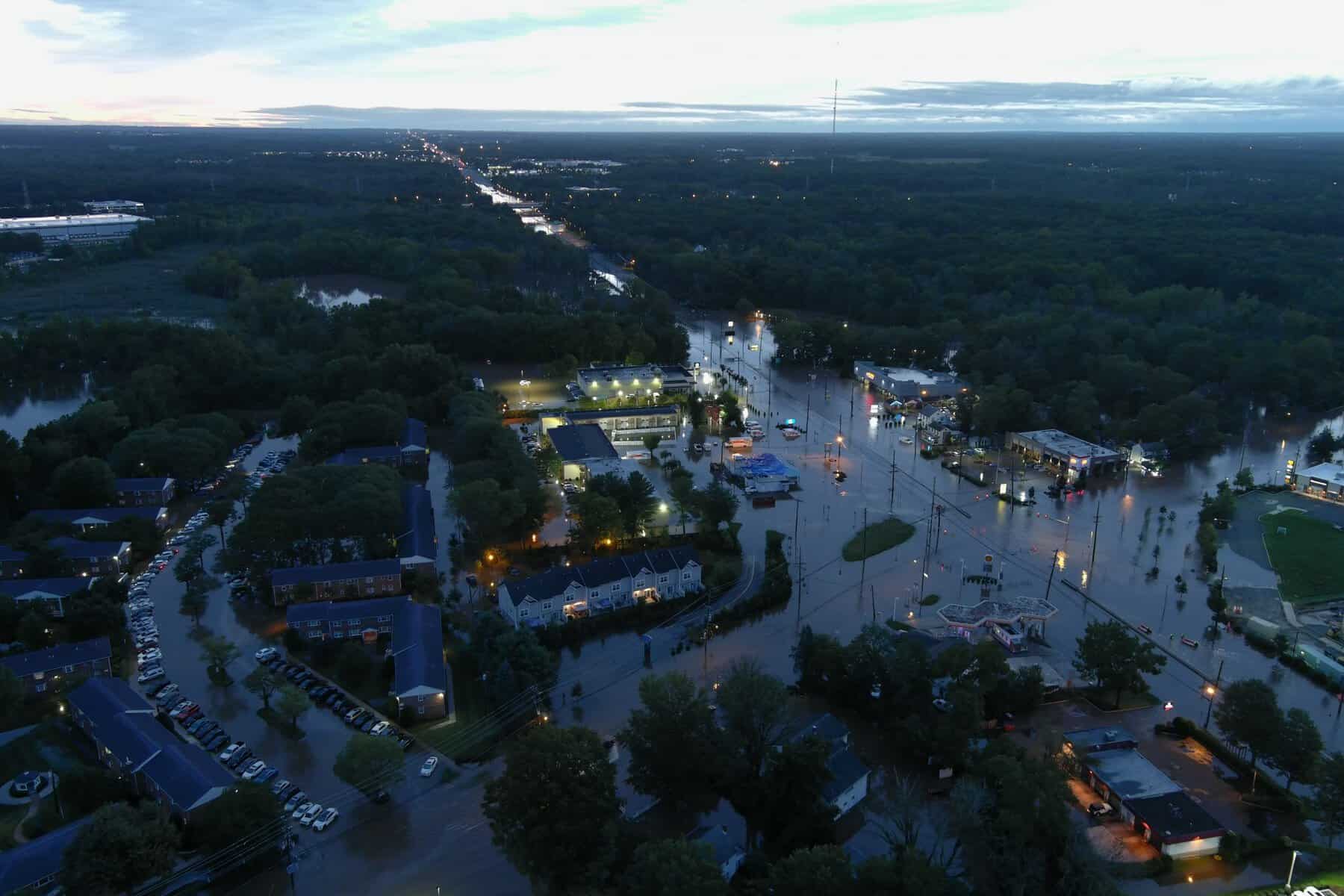A virtual hearing on the state’s proposed Inland Flood Protection Rule updating New Jersey’s stormwater and flood hazard rules is expected in January.
Gov. Phil Murphy and New Jersey Department of Environmental Protection (NJDEP) officials announced and released a copy of the rule proposal on Oct. 27.
The virtual public hearing on the rule is planned for 1 p.m. Jan. 11, 2023.
The proposed rule includes the use of updated rainfall data and climate science to help communities tackle the affects of climate change, such as increased rainfall events and stormwater runoff on stormwater management systems and flood elevations, according to state officials.
Additionally, it raises the base flood elevation by two feet above currently existing maps in inland areas; ensures that NJDEP’s Flood Hazard Area permits conform to New Jersey Uniform Construction Code standards and meet or exceed minimum FEMA (Federal Emergency Management Agency) National Flood Insurance Program requirements; and requires stormwater Best Management Practices to be designed to manage runoff for both current and future storms.
The rule leaves room for public transportation infrastructure (roadway and railroad projects), as the state acknowledges challenges regarding strict compliance to the new proposed standards for state transportation projects.
Roadway projects that have been constructed by private development will not receive such flexibility under the new standards, state officials said.
The standards won’t apply to any major development that does not need permits from the NJDEP. Also, major developments that do currently need NJDEP approval will also not be held to the new standards prior to rule taking effect.
Environmental organizations had continued to urge Murphy to formally file the proposed Inland Flood Protection (IFP) Rule released by the state agency in late October.
The organizations, which include the Watershed Institute and NJ Conservation Foundation, joined together with more than 15 organizations in a letter on Oct. 27 pushing for the immediate passage of the inland flood rule by the end of month on Oct. 31.
“The IFP rules are the first step forward. They will raise the design flood elevation by two feet and require stormwater management systems to be designed to accommodate future projected precipitation intensities,” the letter said.
“Additionally, they will help ensure new and improved roads, buildings, and infrastructure will be safer for today’s residents and those relying on them in the future.”
The proposed new rule will go through the state’s normal rulemaking process as the emergency rule process was not used to implement the new standards.
Nineteen business organizations, which included the New Jersey Business and Industry Association [NJBIA] and Princeton Mercer Regional Chamber of Commerce, pushed against the use of the emergency rule process this summer and said that it would adversely impact development and infrastructure projects if the rule went through the emergency process.
The letter by the environmental organizations said “without additional expedited action, more people and property will be put in areas that have already had deadly consequences in past storms. The time between proposal and adoption affords developers the chance to rush through projects that fail to meet modern standards.”
“NJDEP just experienced a flood of applications that lock in development built using flood data from the last century after May’s notice of pending emergency rules.”
The organizations also advocated for enacting moratoriums on development applications pending adoption of the IFP and coastal flooding rules; facilitating the adoption of the IFP rule no later than April 30; and accelerating to Dec. 31 proposed additional coastal, wetland, flood hazard and stormwater rules under NJPACT [Protect Against Climate Threats].
As well as the immediate balance of NJPACT air pollution rules (black carbon, Advanced Clean Cars II, and medium and heavy-duty truck omnibus and inspection).

